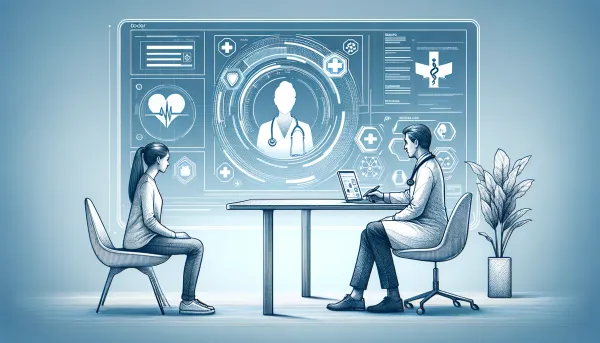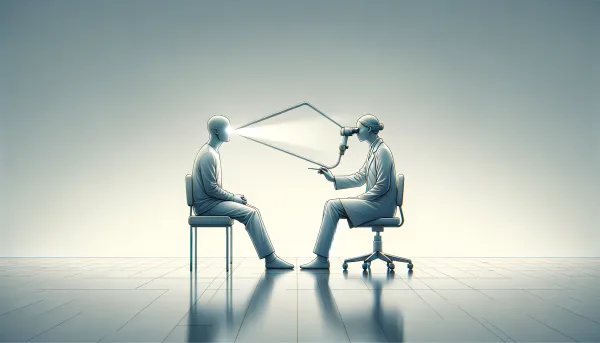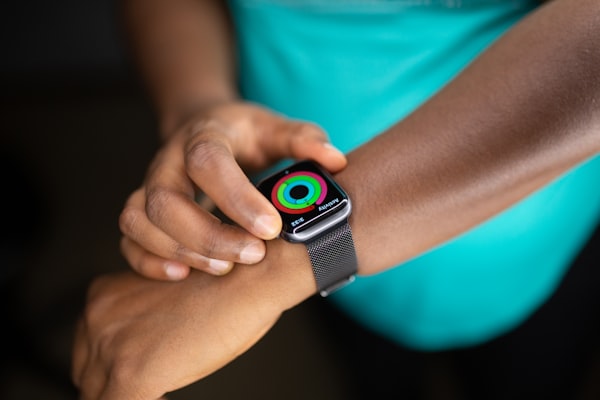Something different
Doing the same thing over and over again becomes a little dull. Mixing things up a little is a win-win for both you and me.
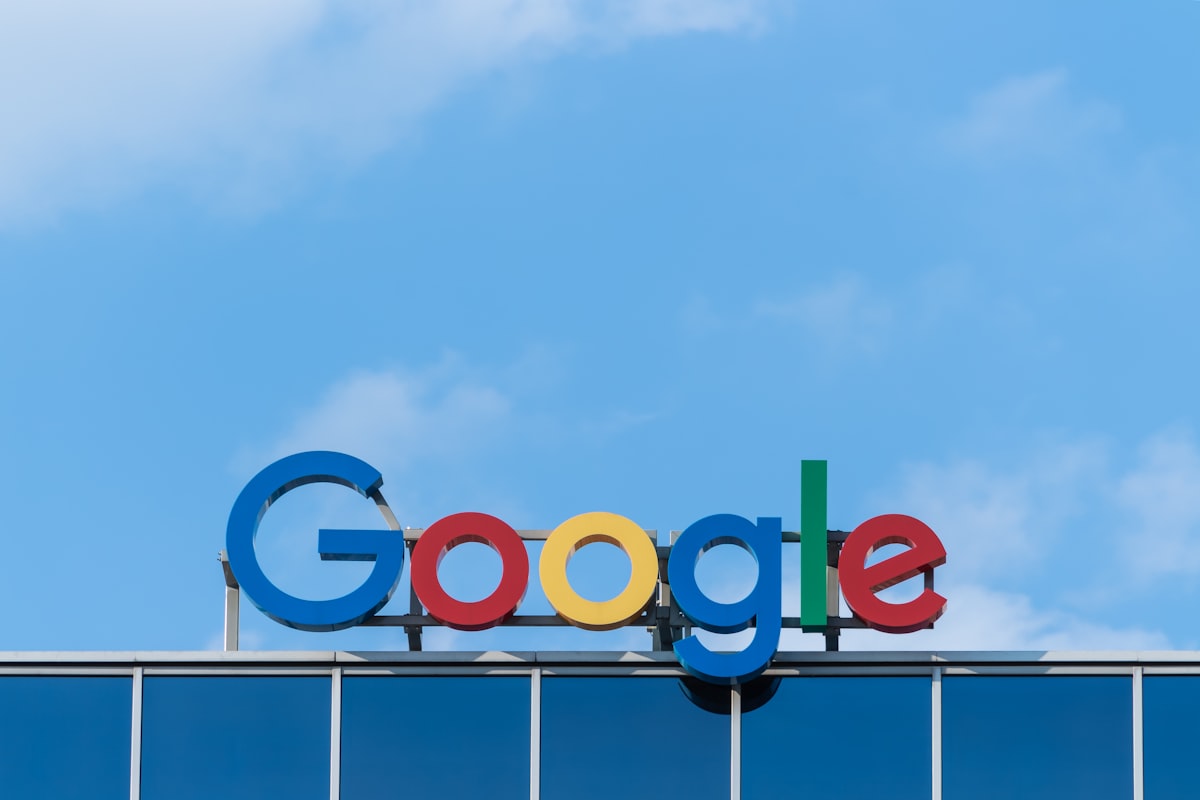
Here’s the thing.
Doing the same thing over and over again becomes a little dull. Mixing things up a little is a win-win for both you and me.
I’ll still publish longer posts from time to time, and you’ll still get them to your inbox.
But let’s try something different…a new email format.
It’s dead simple. I’ll share 3 resources every Sunday (from AI, blockchain and digital solutions for healthcare) in 3 minutes. You get a short idea about them from the email, but links are included, so you can dive deep.
👁 Real-time diabetic retinopathy
The Lancet Digital Health published an article that evaluated a deep-learning system for detecting diabetic retinopathy. They achieved a capability to detect it, similar to specialists’, which means non-physician personnel can carry out the screening. This is significant because the prevalence of diabetes isn’t dropping any time soon, but if we uncover diabetic retinopathy, we can prevent it from causing blindness. And it’s definitely easier to live with diabetes than with blindness.
🔗 Interoperability
An article by Fast Company makes the case that blockchain is critical for interoperability in healthcare. Interoperability is especially important for healthcare as it contains many types of data, systems, and devices (read this post for more about IoT). Blockchain technology can do that, which is why the article predicts it should give healthcare a massive acceleration in the next 25 years.
🤒 Google Conditions
I shared this over on Twitter a few weeks ago. Google Care Studio is basically a dashboard for clinicians that collects patients data from different sources and organises it. Watching their video gives you a good idea about its usefulness. About a month ago, they added a new feature called Conditions, which summarises patients’ conditions, sorts them according to acuity and also gives relevant medical data about it. Imagine how useful such a tool would be in practice - being able to look at the patient at a glance.
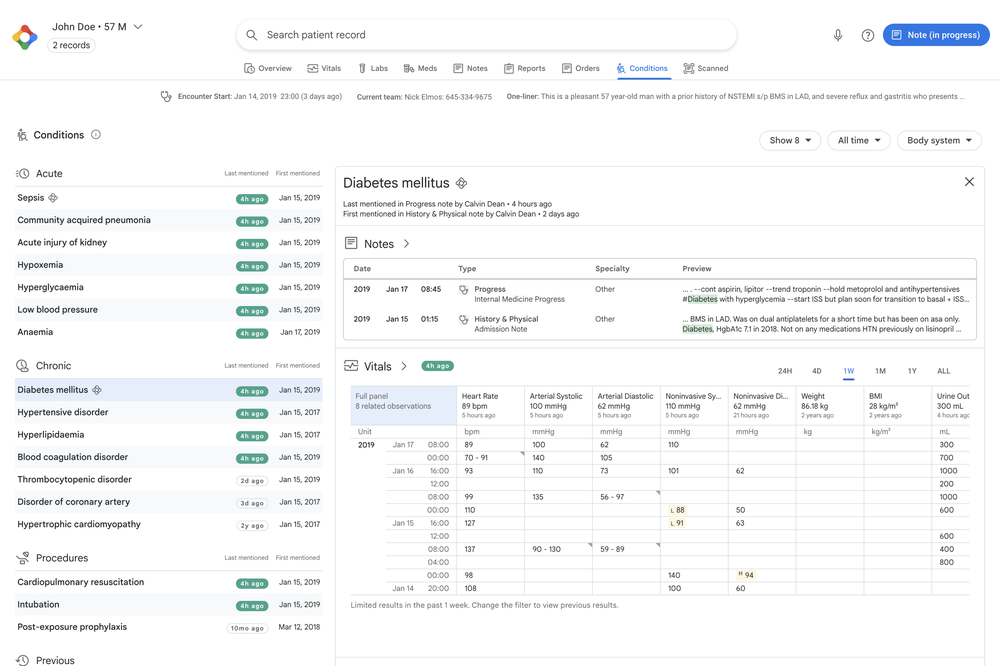
That’s it for this week. Be sure to let me know what you think about this new format.

